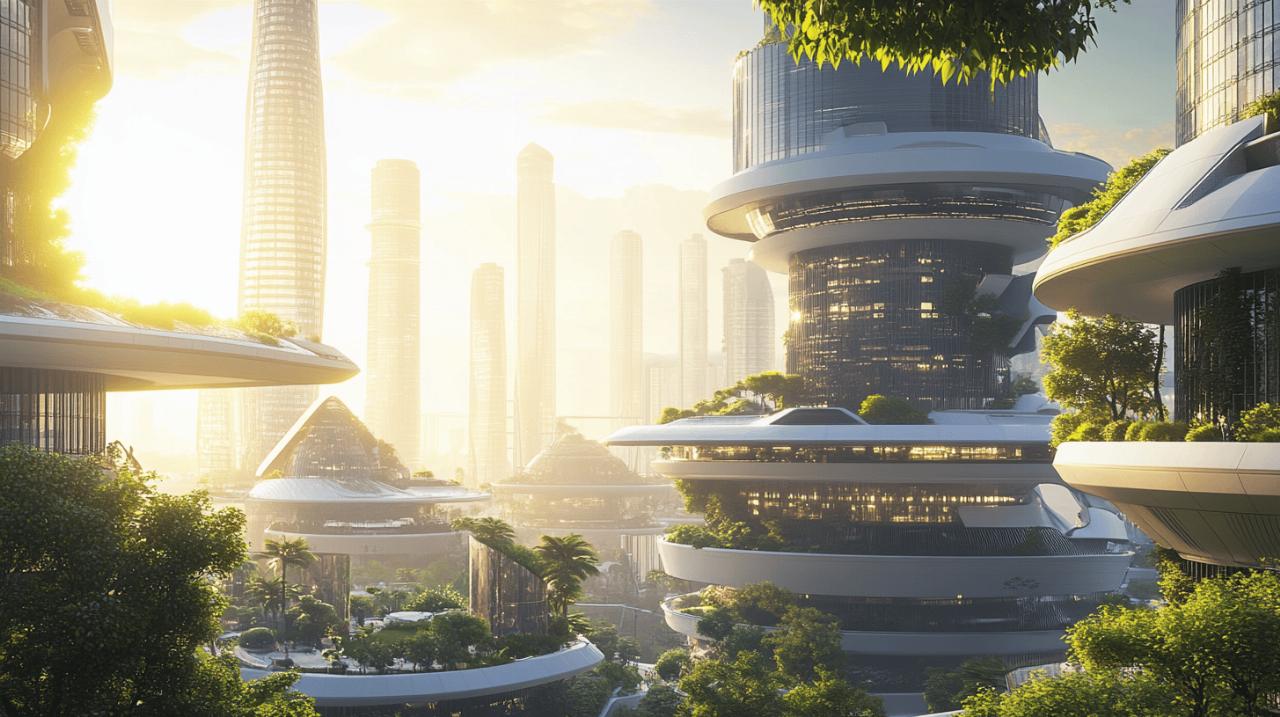Architecture evolves with societal needs, and 2025 brings exciting new directions in design and functionality. From natural materials to cutting-edge technology, the architectural landscape is transforming to address sustainability challenges while creating spaces that nurture human wellbeing. Professionals across the field are embracing these shifts, with Casa Idea tracking and reporting on the most significant developments reshaping our built environment.
Emerging sustainable design practices
The architectural world is witnessing a remarkable transformation as designers prioritize environmental responsibility alongside aesthetic appeal. This shift manifests in innovative approaches to building materials, spatial planning, and integration with natural elements—creating structures that not only minimize ecological impact but actively contribute to environmental health.
Biophilic integration in modern structures
Living with nature has become a cornerstone of forward-thinking architecture, with biophilic design principles guiding many new projects. This approach connects buildings to their surroundings while promoting wellness and sustainability through thoughtful incorporation of natural elements. Designers featured in Casa Idea highlight the use of natural light, indoor-outdoor transitions, and materials like bamboo, wood, stone, and brick to create spaces that feel organically connected to the environment. Living walls and integrated plantings further blur the boundaries between built and natural spaces, while warm minimalism adds depth through organic textures and earthy tones that contrast with sleek, contemporary forms.
Zero-carbon building technologies
The architectural industry is rapidly adopting technologies that minimize or eliminate carbon emissions throughout a building's lifecycle. Smart building systems enhanced by AI algorithms now optimize lighting, temperature, and ventilation automatically, significantly reducing energy consumption. Sustainable and resilient materials form the foundation of these efforts, with brick gaining recognition for its durability, energy efficiency, and recyclability. Building information modeling paired with real-time data enables precise decision-making during design and construction phases. Urban planning concepts like superblocks prioritize pedestrians and cyclists, while green infrastructure—including rooftop gardens and vertical plantings—helps mitigate the urban heat island effect that many magazines like Casa Idea have identified as a critical challenge for growing cities.
Material innovation transforming spaces
Architectural design is experiencing a revolutionary shift as we look toward 2025, with materials taking center stage in defining new aesthetics and functionality. Today's architects and designers are embracing warm minimalism, which evolves beyond stark simplicity by incorporating organic textures and earthy tones to create inviting spaces. This shift reflects our desire for homes that feel connected to nature while maintaining clean, uncluttered designs.
The rise of quiet luxury puts emphasis on quality craftsmanship and timeless beauty rather than ostentation. This trend celebrates enduring materials like solid wood, brick, and natural stone that age gracefully. Meanwhile, biophilic design continues to gain momentum, integrating natural elements such as sunlight, plants, and sustainable materials to promote wellness and environmental harmony.
Reclaimed resources creating unique aesthetics
The architectural landscape of 2025 showcases a remarkable turn toward repurposed materials that tell stories through their previous lives. Reclaimed wood, once part of century-old barns or factories, now graces modern homes as statement flooring, accent walls, or exposed beams. These materials bring historical character and authenticity that new products simply cannot replicate.
Architects are combining mixed textures for exteriors—layering brick, wood, metal, and glass—to create multidimensional facades with depth and visual interest. This approach not only enhances aesthetic appeal but also improves energy efficiency. Silver accents are replacing brass and gold tones, providing sleek, modern elegance that pairs beautifully with warm wood tones and natural elements. For exteriors, the palette is shifting from whites and creams to deeper grays, muted greens, warm browns, and soft terracottas, creating a visual dialogue between structures and their surroundings.
Smart materials enhancing functionality
Beyond aesthetics, materials are becoming active participants in building functionality through technological innovation. Smart buildings now feature materials that respond to environmental conditions—photochromic glass that adjusts transparency based on sunlight intensity, thermal materials that regulate temperature, and self-healing concrete that repairs its own cracks.
AI integration is revolutionizing how buildings operate, with embedded systems that automatically adjust lighting, temperature, and ventilation for optimal comfort and energy efficiency. Building information modeling (BIM) combines AI capabilities with real-time data to improve decision-making throughout design and construction processes. These technological advances are complemented by sustainable approaches like 3D printing, which enables the construction of efficient, eco-friendly structures with minimal waste. The architectural world is embracing modular design concepts for their speed, sustainability, and cost-effectiveness, creating spaces that adapt to changing needs while maintaining aesthetic integrity.





